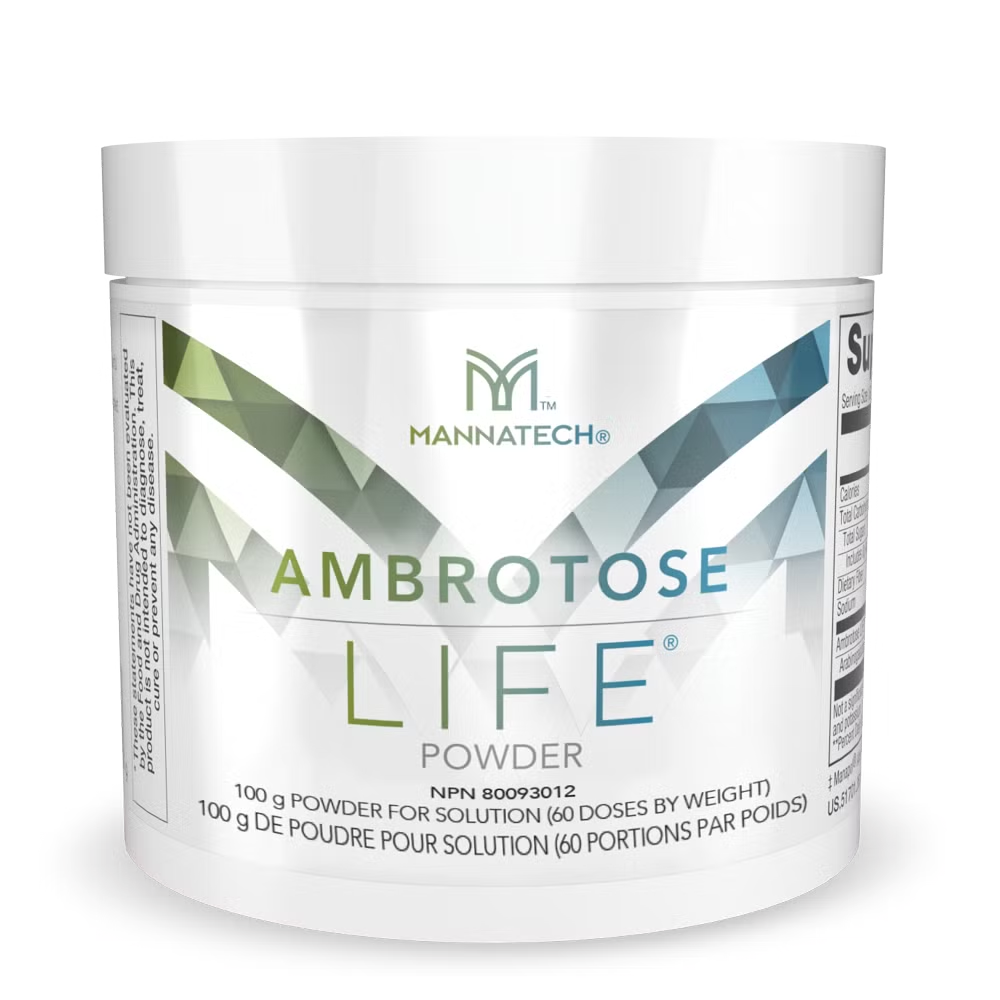Did you know that the majority of our bodies are made up of connective tissue? The structure of some major organs, nervous tissue, ligaments, cartilage, fat tissue, blood vessels, and our intestines, are made up mostly of connective tissue. By consuming the right nutrients, we can help promote healing and restore damaged tissue a little faster than normal. Our bodies have a natural ability to heal and rebuild itself. Throughout our lives, unwanted cells die off and are replaced with new cells. Consuming healthy, whole foods that are in their most natural state can help to eliminate many illnesses and diseases that are so common is today’s world; such as, allergies, asthma, some degenerative diseases, and fatigue, just to name a few…
Meat stock/broth contains all necessary nutrients needed to support and repair connective tissue. Meat stock is rich in “minerals, vitamins, amino acids, collagen, elastin, glycoproteins, proteoglycans, hyaluronic acid, and other molecules that make up connective tissue” (Campbell-McBride, 2020). It is recommended to drink at least one cup of stock daily to support natural healing. There are other
dietary recommendations to follow if you are trying to alleviate certain health problems and/or diseases. The main objective is healing your gut, which is largely made up of connective tissue. When you give your body the proper nutrients it needs to survive, your body will begin to heal and balance itself naturally; and in turn, it will reduce if not eliminate most health problems.
How to make meat stock?
When making any type of stock, try to use only fresh, organic ingredients. For the liquid, I use filtered water or distilled water. Ask your butcher to cut large bones with marrow in half so you can easily remove the marrow after cooking. Use a sieve to strain the liquid to remove any bones. If you are making stock for soup, you can finely chop the cooked ingredients to add them to the soup. The broth should be cooked for a minimum for 4 hours. (I use a slow cooker and I leave my broth cooking for a least 24 hours). Once cooled in the fridge, the end result should have a gelatinous consistency.
Notes:
*You can use fresh or frozen animal parts. Defrost everything in the refrigerator and wash well before use.
If you are making soup right away, don’t let your broth and connective (soft) tissue cool down too much and then reheat it. This increases the chances for microbes to form.
If you are using a slow cooker, its good to know how long it takes to reach the highest temperature. You want the slow cooker to be hot to reduce the risk of microbe formation.
Ingredients
Choose 1 -2 kinds of fresh herbs – parsely, Rosemary, oregano, basil, etc
Red meat, Poultry, or Fish
1-2 onions – only peel outer layer of skin
4-6 cloves of garlic – can leave skin on
2-3 carrots
2 celery ribs
Sea salt to taste
Black peppercorn
There is no right or wrong amount of ingredients. Add what you like!
1. If using frozen meat, defrost all ingredients in the refrigerator.
2. Add filtered water to your slow cooker (if using one) and pre-heat it for about 45 min-1 hour (or however long your manual says it takes). In the meantime…
3. Wash all your ingredients well, especially if previously frozen.
4. Leave the skin/peels on the onions, garlic, and carrots. The skins are full of nutrients! The broth might appear dark; if so, this is most likely due to the onion peel.
5. Once your slow cooker has reached highest temperature, you can add all your ingredients.
6. Add more water. Make sure all your ingredients are submerged and fill the pot as much as you can without the water boiling over.
7. Cook for a minimum of 4 hours.
8. Use a sieve to strain the liquid into a clean pot to make soup or into glass mason jars to store in the fridge.
References
Campbell-McBride, N. (2020). Gut and Physiology Syndrome. Chelsea Green Publishing, pg 218-221.
Nezwek, T., & Varacallo, M. (2022, September 19). Anatomy, connective tissue – statpearls – NCBI
bookshelf. PubMed. https://www.ncbi.nlm.nih.gov/books/NBK538534/









